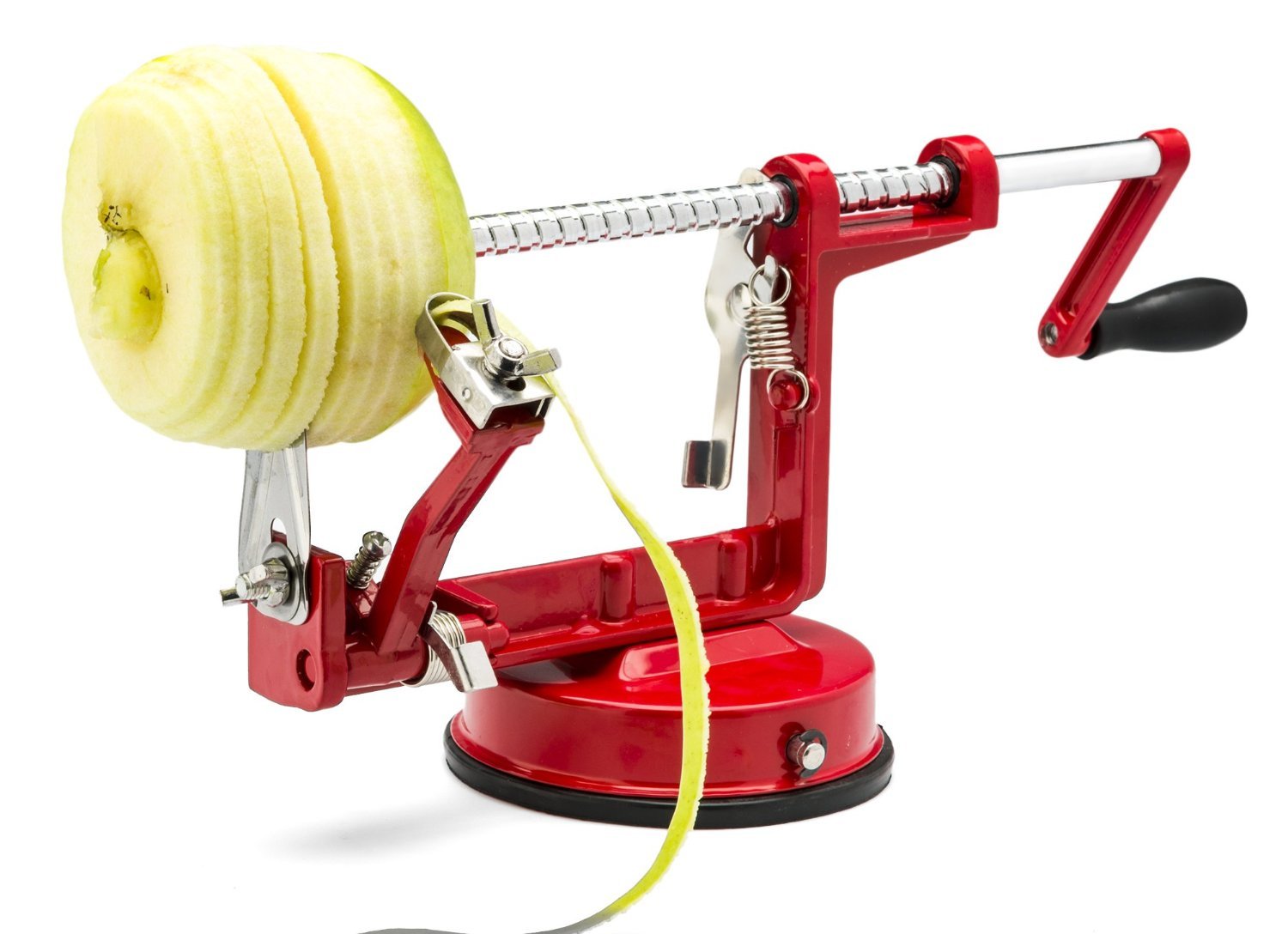Nex
Flush
I could imagine you could ask for one or two unlathed chips when you order some customs? 
Would it be possible to switch cups on the top and bottom? Could you get, for example, the H mold on one side of the chip and the plan mold on the other?
Whoa !Considering that there are secondary chips for all denominations (I think), it follows logically that inlay design had no bearing on the existence of a secondary set. Not sure why they'd even want one in CA, though. Except for complete rack replacement orders (which aren't really secondaries, but replacemets), most (all?) required secondary sets are initially produced at the same time as the primary set, and then held in reserve until needed.
Assuming the mold cups have the same diameter and fit into the machine the same way top & bottom, it seems theoretically possible. I remember a discussion or thread about that the fleur-de-lis mold has a slightly larger diameter than some of the other molds.Would it be possible to switch cups on the top and bottom? Could you get, for example, the H mold on one side of the chip and the plan mold on the other?
Pretty sure a row of say twenty would be placed into a jig similar to a tray section. After the opposing ends of the lathe are closed in the jig is removed and the length of the chips is held using pressure. A sharp cutting edge is then run down the length of the chips. Probably requiring a very slow turning rpm coupled with a few passes to get to the desired cutting depth.how do they mill the chips? and before you say a lathe i get that.
My question is how do they hold the chips in the lathe? do they do them one by one or all in a line? if in a line how do you stop them from falling out What sort of cutting tool on the lathe? etc etc?
I think it would be hard to keep all the chips perfectly in line if 20 or so were done at once. I think this way may result in some lopsided or non-cylindrical chips. Although it's hard to imagine they would do this one by one.Pretty sure a row of say twenty would be placed into a jig similar to a tray section. After the opposing ends of the lathe are closed in the jig is removed and the length of the chips is held using pressure. A sharp cutting edge is then run down the length of the chips. Probably requiring a very slow turning rpm coupled with a few passes to get to the desired cutting depth.
Not unlike the process of turning a baseball bat or stool leg.
I agree; given the varying conditions and dimensions of the newly-pressed chips, it's pretty unlikely that they are mass machined to final size.
The engineering genius behind much of manufacturing, semi automatic or automatic is very impressive. I don't know how they do it but if you ever saw it you'd think "how simple, ingenious and of course!"Id just like to see how because before milling they are all irregular. one question (Amongst many) is how do you center them?
stupid curiosity...
My guess is some kind of jig that matches up with recess, so it is perfectly centered each time. Possibly could use some type of jig and spacer system to do multiple chips at a timeId just like to see how because before milling they are all irregular. one question (Amongst many) is how do you center them?
stupid curiosity...
My guess is some kind of jig that matches up with recess, so it is perfectly centered each time. Possibly could use some type of jig and spacer system to do multiple chips at a time

Man these are so cool to see. Have always wondered how the chips were made, wasn't expecting them to look so comical before going in the machine.
, because they asked the same questions when one from our group for friends got a job working for the NSA).
.
